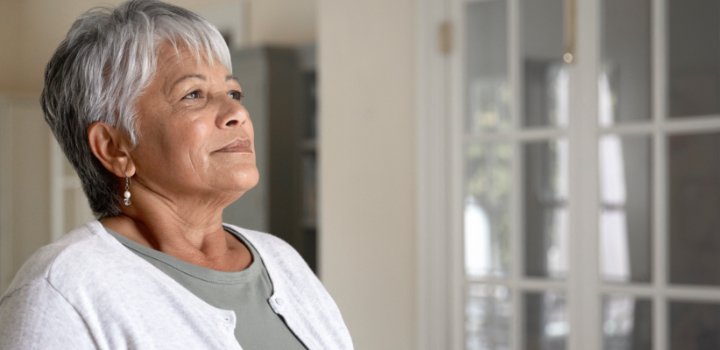Take a hands-on approach to breast health

While regular screening can't prevent cancer, it can help pick up cancer early and when it's still easier to treat. Finding any changes early can save your life.
The first step to getting and keeping fit and healthy is to know your body. Breast cancer is the most common cancer in South African women and it affects women of all ages, that is why screening for breast cancer is recommended.
Early detection saves lives
The earlier you detect cancer, the more treatable it usually is. Early treatment can also prevent cancer from spreading to the rest of the body. If left untreated, breast cancer may be deadly.
To remind you of the importance of knowing your breasts and screening for breast cancer, October is Breast Cancer Awareness Month.
Go for routine mammograms
A mammogram is a special kind of breast X-ray. Mammography is the gold standard for breast cancer screening since it can detect possible breast cancer before you show any signs or symptoms.
When you should start going for routine mammograms depends on your age and your risk of developing breast cancer. Most women start going for routine mammograms at 40. You should discuss your risk and screening options with your doctor.
Your doctor or a clinic nurse can also examine your breasts as part of your routine checkup.
Get to know your breasts
The Cancer Society of South Africa (CANSA) and the Breast Health Foundation recommend that you carefully check your breasts at about the same time each month to check for changes.
Breasts come in all sizes and shapes, and it's normal for lumps to come and go with your menstrual cycle. Breasts are also not necessarily the same size as each other. This is why it's important for you to know what's normal for your breasts.
According to CANSA, a breast self-examination is as easy as 1-2-3:
- Look at your breasts in the mirror and check for any changes in their look and feel.
- Lie down and examine the entire breast with your hand.
- While showering or in the bath, check your breast with a soapy hand.
Their video shows you how:
A CANSA centre or your doctor can also show you how to examine your breasts.
If you're worried about forgetting to examine your breasts each month, try downloading an app to help you remember.
Changes that could be a sign of cancer
You might think that the only change you're looking for is a lump. However, not all breast lumps are caused by cancer, especially if they come and go with your menstrual cycle.
Here's what to look out for:
- The skin around the breast wrinkling or puckering
- Lumps in the breast or armpit
- Change in the skin around the nipple
- Dimpling of the nipple
- One breast suddenly becoming bigger than the other
- One breast being unusually lower than the other
- Swollen glands.
Don't panic if you notice any of these signs but see your doctor for a full assessment of these signs an symptoms. The doctor may also recommend further tests. Remember, the earlier the better!
- Breast Health Foundation. Examine your breasts & #KnowYourNormal. Accessed 13 October 2021.
- Cancer Association of South Africa (CANSA). Women & cancer. Accessed 13 October 2021.
- Know your Lemons Foundation. There are 12 symptoms of breast cancer. Do you know them? Accessed 13 October 2021.
- National Health Service (NHS). How should I check my breasts? Accessed 13 October 2021.